
Global Health Engagement in action: Trinidad and Tobago

Navy Lt. David Cruz, Southern Partnership Station 2018’s Fleet Health Engagement Team officer-in-charge, speaks with a Trinidad and Tobago military professional as part of functional exercise Red Fish aboard a TTO coast guard vessel during Southern Partnership Station 2018. (U.S. Navy photo by Mass Communication Specialist 3rd Class Katie Cox)
Each year, U.S. Navy personnel deploy to partner nations in the Caribbean including Central and South America as part of Southern Partnership Station to strengthen partnerships and improve interoperability. As part of SPS 2018, I was responsible for an eleven person Global Fleet Health Engagement Team (GHET) in Trinidad and Tobago (TTO).
The team conducted Subject Matter Expert Exchanges (SMEEs) and engaged in functional exercises with the TTO Army, Coast Guard, police, firefighters, and civilians to enhance natural disaster and humanitarian crisis response capabilities. Our team shared U.S. Navy Medicine best practices and provided an overview of topics which ranged from public and environmental health to pre-hospital trauma care.
The most memorable moment of the exchange was a result of RED FISH 2018, a Humanitarian Assistance and Disaster Relief exercise where our partners responded to a simulated mass casualty event in the wake of a Category 4 Hurricane on Chacachacare Island. RED FISH 2018 was the capstone of our training and demanded a broad range of capabilities, including initial Search and Rescue for medical emergencies, patient stabilization, preventative medicine assessments and monitoring. Behavioral health is important to consider during disaster response. Behavioral Health training was provided by chaplains and psychologists. We witnessed our partners put their training to the test. For me, RED FISH 2018 demonstrated what Navy Global Health Engagement is all about – the ability to engage directly with our partners and work side by side to achieve similar goals.
As RED FISH 2018 successfully concluded, the team departed the country. Two weeks later, on Oct. 18-19, Trinidad and Tobago experienced torrential rainfall across the country. Their prime minister declared a national disaster as more than 120,000 citizens were affected by severe flooding.
I reached out to our partners in country to see how they were coping. TTO Force Surgeon Cmdr. Israel Dowlat described a nation reckoning with widespread devastation triggered by the flooding. Many military medical personnel had been activated to provide assistance.
Dowlat indicated that lessons learned during our recent engagement were “being utilized on a national scale” as the Coast Guard, police and firefighters collaborated with various organizations and agencies to navigate recovery efforts.
Our TTO partners conducted the initial search and rescue for medical emergencies and educated civilians to mitigate flood-related disease and infection. Preventive Medicine personnel deployed to assure adequate sanitation, ventilation, water supply and food storage at temporary shelters housing flood survivors. The TTO welfare team that had conducted exchanges with our chaplain deployed to provide psychological support to flood victims as well as TTO service members, many of whom had also been impacted by the floods.
“As you can see,” Dowlat said, “our exchange has already started to reap significant rewards. It is almost as if your training was God-sent just for this event.”
When natural disasters occur, it is critical that military medical responders are poised and ready to respond if called upon. Subject Matter Expert Exchanges exercised during GHE missions such as RED FISH 2018, bolster our partner’s ability to provide urgent care and foster coordination between the U.S. and our Partner Nations. This is underscored by Dowlat’s feedback during my call to check on the welfare of our TTO peers.
The tailored SMEEs used during RED FISH 2018 employed a small team construct were effective in building emergency response capabilities. U.S. planners worked extensively with the TTO Force Surgeon to ensure that topics covered were highly relevant to our partners and addressed their needs. Scenario-based training provided an opportunity for participants to exercise new skills in realistic scenarios. In addition, “Train the Trainer” activities enabled advanced responders to solidify knowledge and teach others.
The U.S. Navy’s Global Health Engagement missions are inherently collaborative. All participants: The Navy Medicine GHE community, the U.S. Embassy, TTO Force Headquarters, the participating TTO medical and civilian personnel, GHET members, and the U.S. Naval Forces Southern Command Surgeon and Assessment Department are vital to training.
Navy GHE is focused on sustained dialogue with Partner Nations to solicit for and enhance collaboration to build on exiting partner health systems. Dowlat’s comments and recommendations assist in planned and continued high-value activities in the future.
“The GHET work during RED FISH 2018 demonstrated desired outcomes when working with our partners,” said Pat Shea, an assessment analyst with U.S. Naval Forces Southern Command. “Rather than simply stimulate a change in attitude, our TTO partners achieved a change in behavior that helped their citizens and our relationship with the TTO authorities which enhanced a Global Health operational approach. This was evidenced in the skills used by TTO responders during the October flood.”
Navy GHE professionals work to identify and attain standards well-coordinated and confirmed with our Partner Nations. Exercises such as RED FISH 2018 result in improved operational readiness for the U.S. and participating Partner Nations. The SMEEs of RED FISH 2018 positively impacted the effective response in Trinidad and Tobago and resulted in mitigated human suffering.
As the U.S. prepares to engage in spring exercises with Partner Nations throughout the Caribbean to include Central and South America, the importance of Global Health Engagement Teams cannot be overstated. Efforts to teach, train and trade skills assists in improved coordination and lasting friendships. I am hopeful to return to Trinidad and Tobago and look forward to talking with Dowlat again.
Lt. David Cruz is a United States Navy Environmental Health Officer with Navy Environmental Preventive Medicine Unit 5 and an Associate in the Global Health Specialist Program.
Disclaimer: Re-published content may have been edited for length and clarity. Read original post.
Hospital ship USNS Comfort returns home after completing mission
Article
12/20/2018
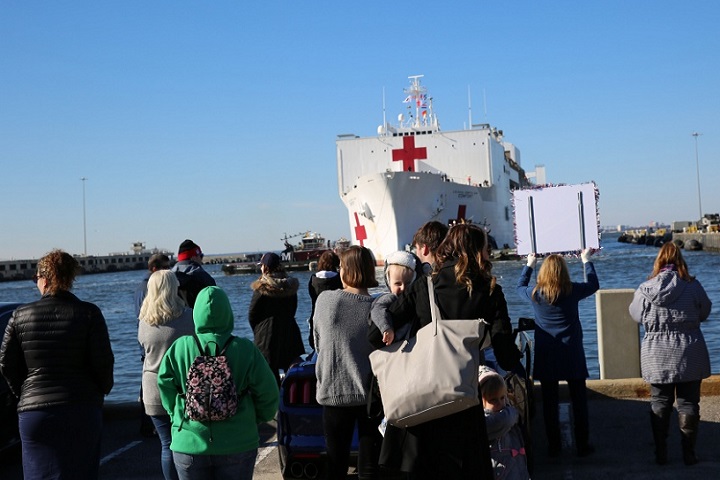
This mission marked the sixth time the hospital ship has provided medical assistance in the region
Leaders take world view to enhance health readiness
Article
12/19/2018

Global engagements include missions in South, Central America
Navy entomologists team up to build disease detection capacity in Honduras
Article
10/18/2018
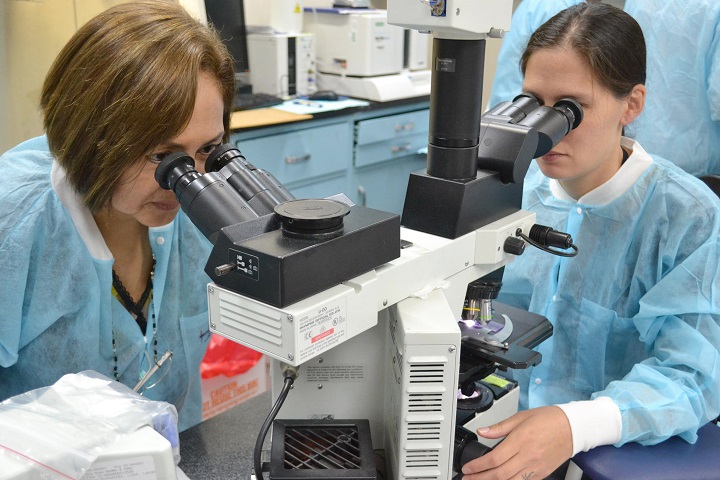
Leishmaniasis, malaria, dengue and Chagas disease are known to be present in Honduras
Bringing Comfort 2018
Video
10/17/2018
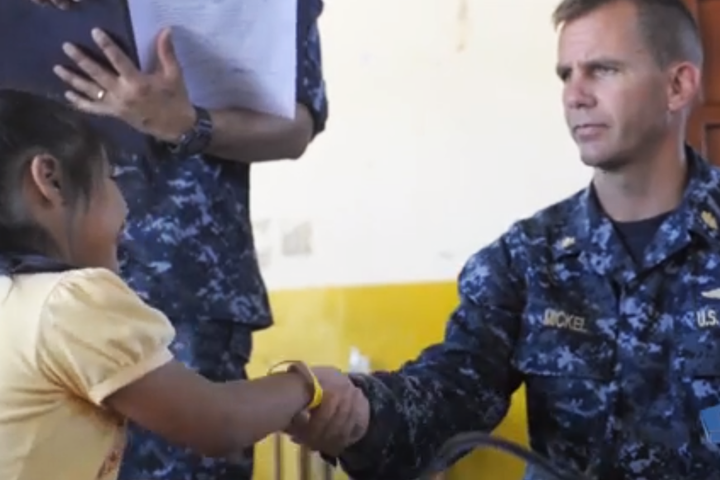
The USNS Comfort is a state-of-the-art hospital ship, and it’s scheduled to deploy to Central and South America for Continuing Promise 2018.
Sailors, Afghan medical professionals team up to improve medical care
Article
10/10/2018
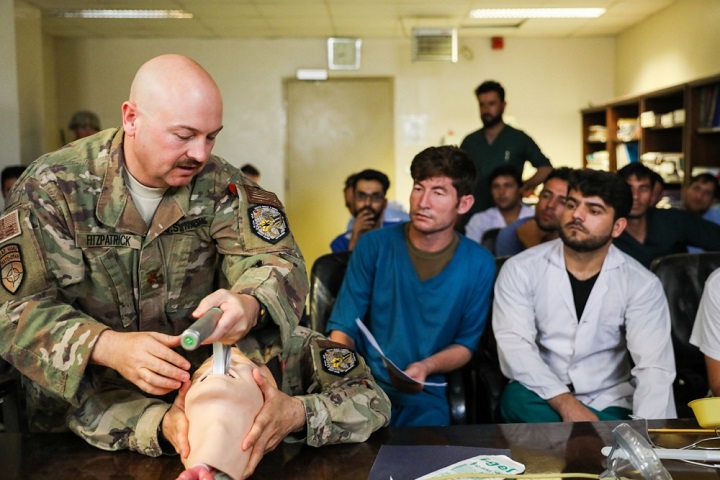
The Kandahar Regional Military Hospital is run by Afghan military and civilian medical professionals
USNS Comfort to deploy to Central and South America
Article
10/9/2018
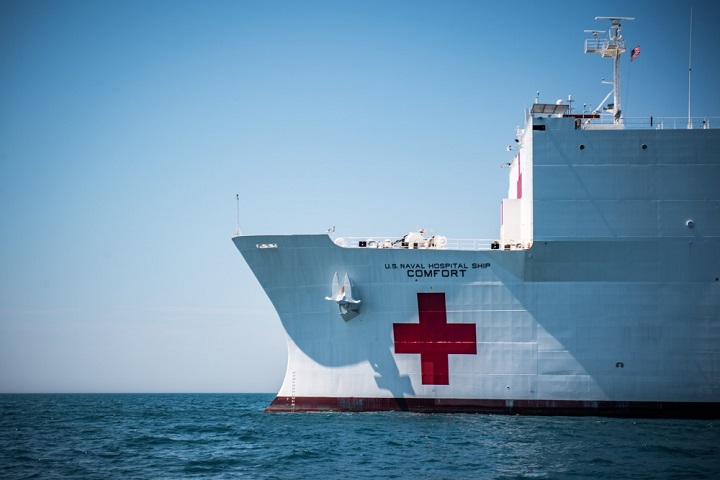
The ship’s crew will include more than 200 U.S. and partner nation military doctors, nurses and technicians
Navy Medicine global health team conducts trauma exchange in Vietnam
Article
8/28/2018

Sharing trauma management skills was the focus of this exchange
U.S. doctors save Italian patient hours from death
Article
8/8/2018

The patient had a fever, a very high heart rate and low oxygen levels
USNS Mercy returns home following Pacific Partnership 2018
Article
7/24/2018
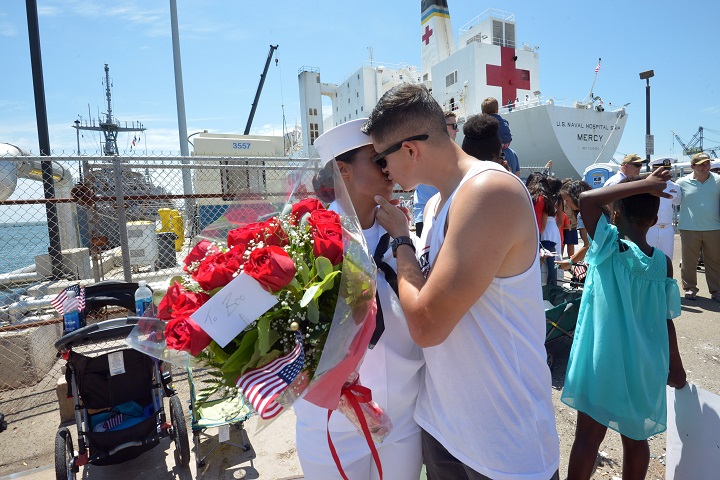
Pacific Partnership 2018 included more than 800 military and civilian personnel from the U.S., Australia, Canada, France, Japan, Singapore, South Korea and the United Kingdom
U.S. Navy, JMSDF participate in bilateral training exercise
Article
6/21/2018
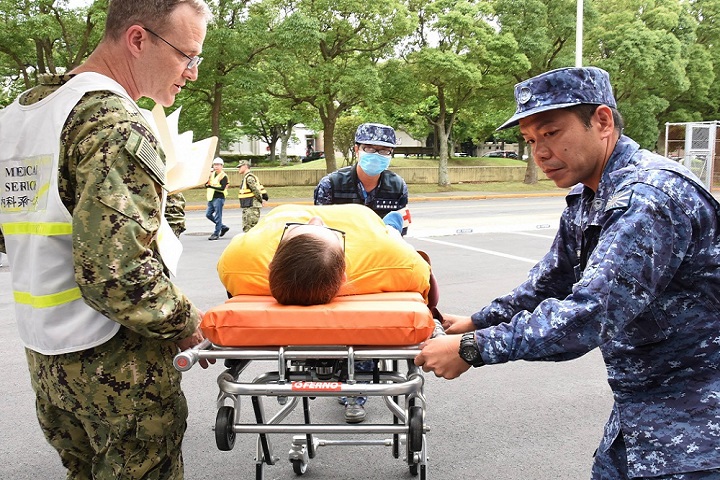
The simulated disaster for the training exercise included a Japanese vessel colliding with a U.S. vessel
Military doctors conduct infectious diseases training in Panama
Article
6/13/2018
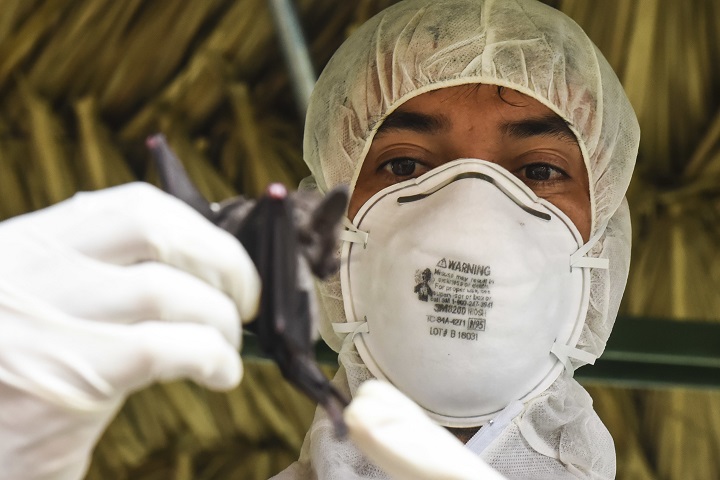
Due to the geographic location of Panama, the importance the country places on controlling diseases greatly benefits the Unites States
Project Sea Raven delivers cutting-edge pathogen detection technology
Article
5/31/2018

Project Sea Raven is now an integral part of USNS Mercy’s microbiology capacity
Air Force medical team supports exercise in Panama
Article
5/29/2018
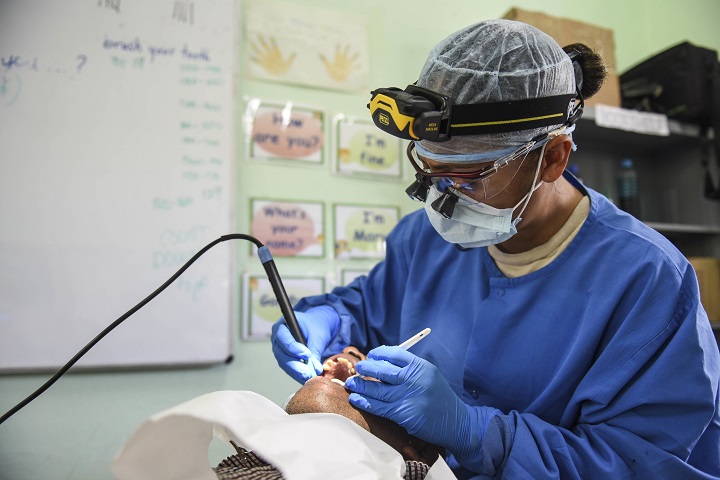
The medical team has been working closely with Panamanian dentists
USNS Mercy arrives in Vietnam for Pacific Partnership
Article
5/23/2018
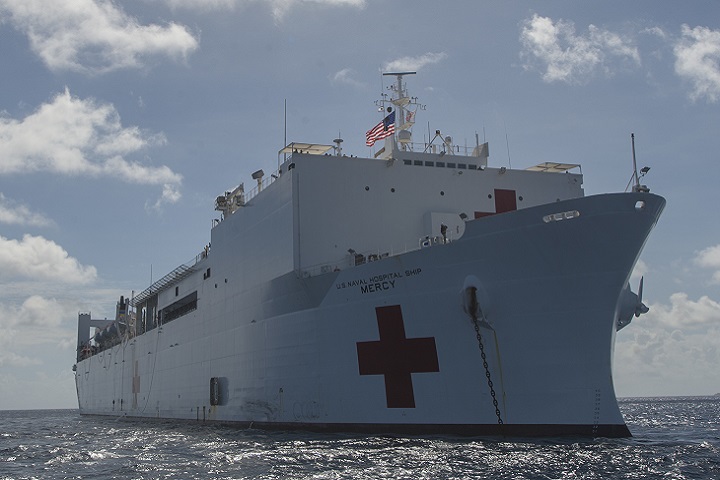
Pacific Partnership is the largest annual multilateral HA/DR preparedness mission conducted in the Indo-Pacific
Airmen contribute to saving a life during New Horizons 2018
Article
5/17/2018
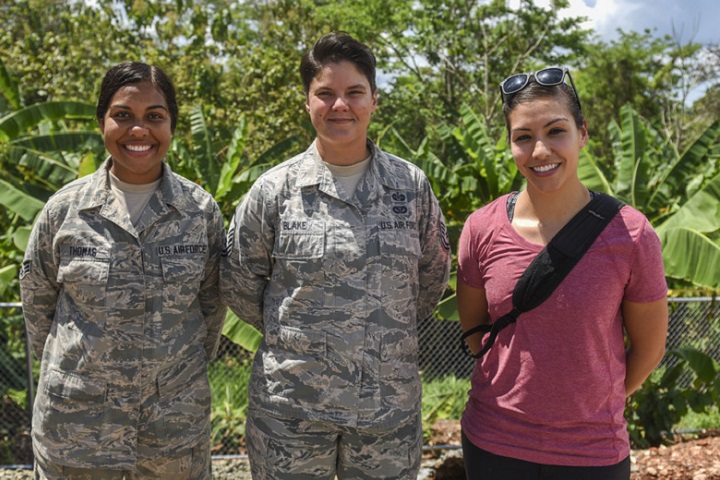
Airmen go above and beyond to save a local woman





















.jpg)









No hay comentarios:
Publicar un comentario